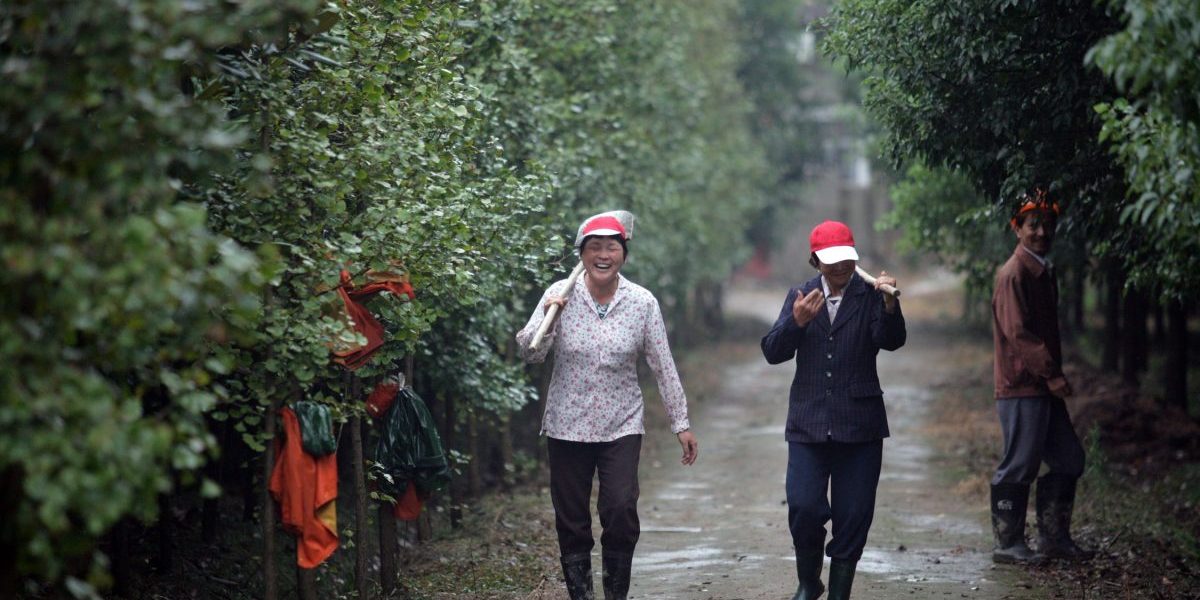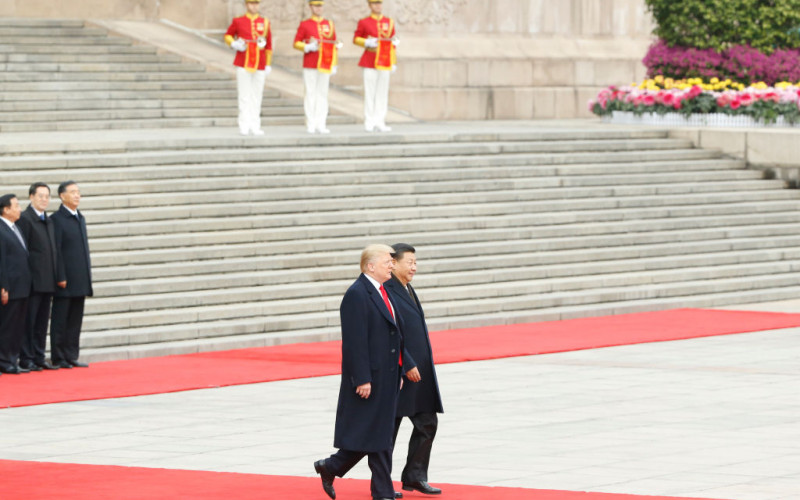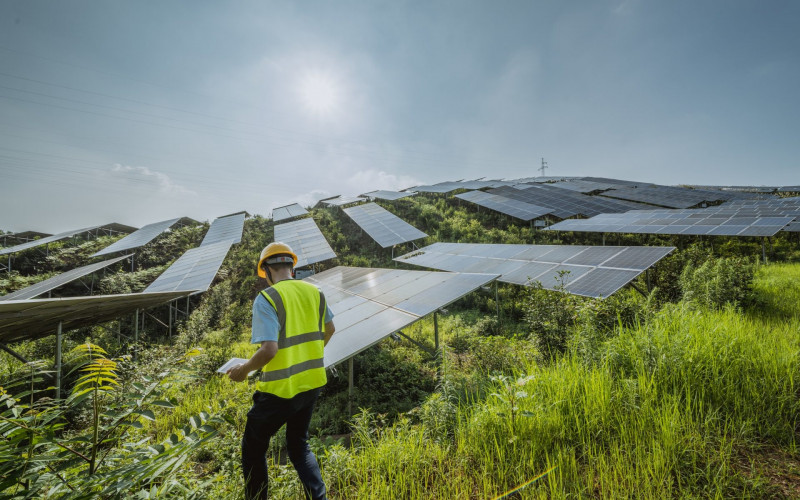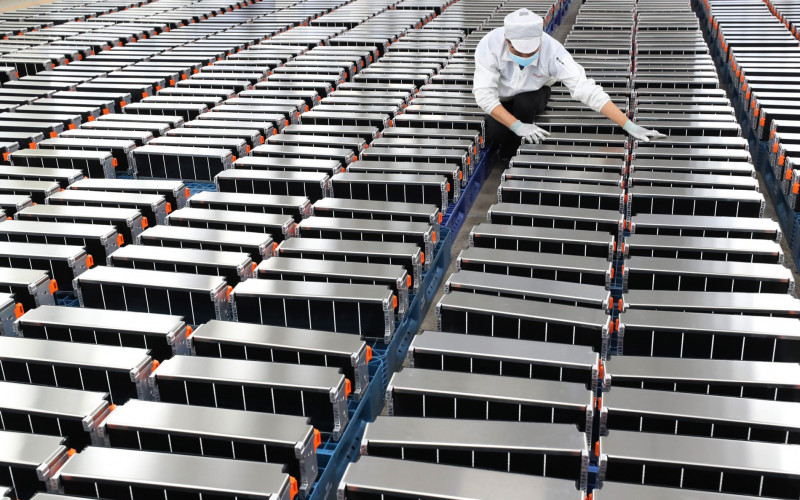China has demonstrated a growing openness to TDC and engaged with a number of traditional donors in trilateral projects ranging from agriculture to healthcare. However, there has been scant fieldworkbased TDC research and even less concentrating on China’s engagement, in particular. This paper seeks to fill this gap by focusing on one of China’s first trilateral projects with traditional donors in Africa
its engagement with the United Kingdom (UK) on a cassava project in Uganda. Drawing on fieldwork conducted in 2016, this paper details key coordination challenges during the project implementation phase, and more importantly, critically examines two oft
claimed TDC ‘advantages’: its contribution to a more horizontal and equilateral development partnership and its role in providing recipient countries with more suitable technical assistance. The paper illustrates how the inclusion of a Southern donor like China, which mainly serves as a provider of technical assistance in this trilateral arrangement, does not necessarily lead to a more horizontal development partnership between the traditional donor (UK) and the recipient (Uganda). The similarities between the Southern donor and the recipient in terms of development capacities, challenges, and experiences do not naturally guarantee technology transfer success, which instead hinges on a deep and contextualized understanding of development differences, in this case, in the cassava sector between China and Uganda. This paper cautions against the tendency to assimilate shared identity and development experiences between the South—South TDC components.








